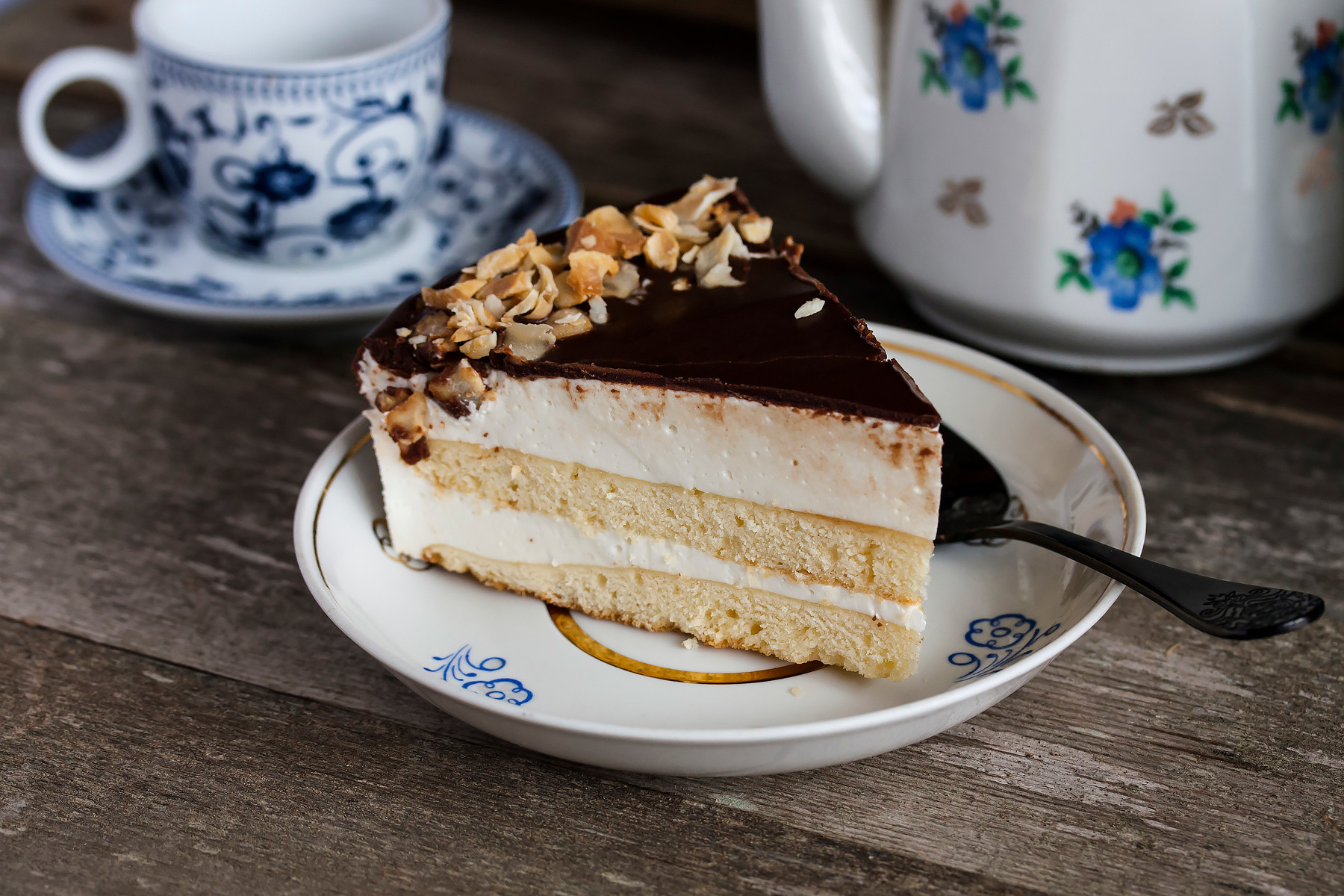
Ptichye moloko (bird’s milk) cake
Legion Media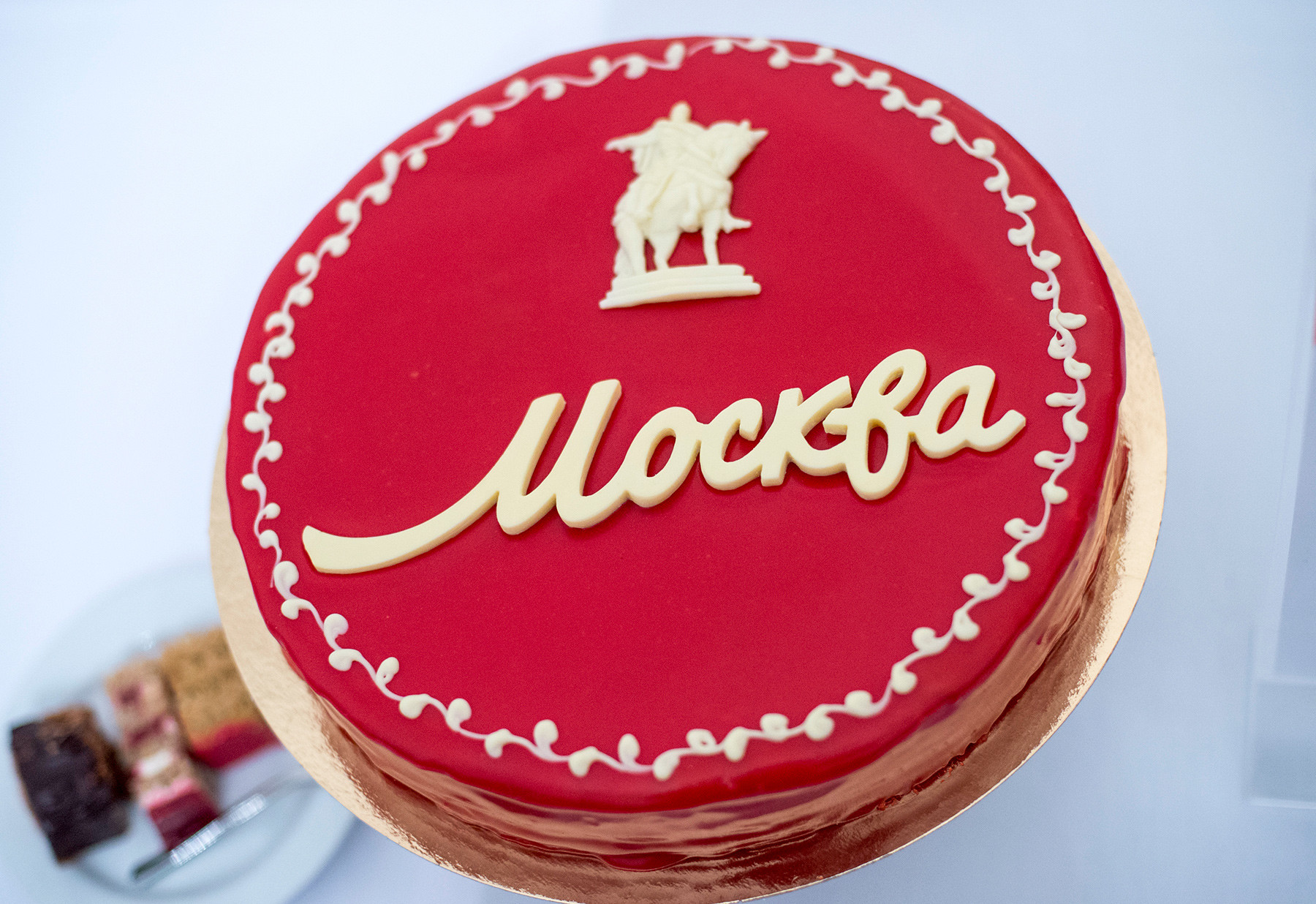
Many cities of the world have their own branded cake, but Moscow’s appeared only in 2015. This bright red gateau with a white-chocolate figure of Yuri Dolgoruky (the city’s founder) can be bought either for home consumption or as a souvenir. Despite the youth of the recipe, Moskva tastes like an old friend to anyone familiar with Soviet desserts. All thanks to the boiled condensed milk, hazelnuts, and meringue.

A relatively new drink born in Moscow, Raf can be ordered at any Russian coffee house just like Americano or espresso. In the late 1990s, a frequenter of a cafe on Kuznetsky Bridge by the name of Rafael Timerbaev steadily worked his way through all the coffees on the menu without falling for any. But when a barista added cream and vanilla sugar to an espresso, his eyes lit up. The Raf-inspired recipe began being order by friends of the man himself, and then other guests too. Over time, it became known simply as “Raf coffee” – and many variations appeared, some with orange, cinnamon, lavender, honey, and alcohol.
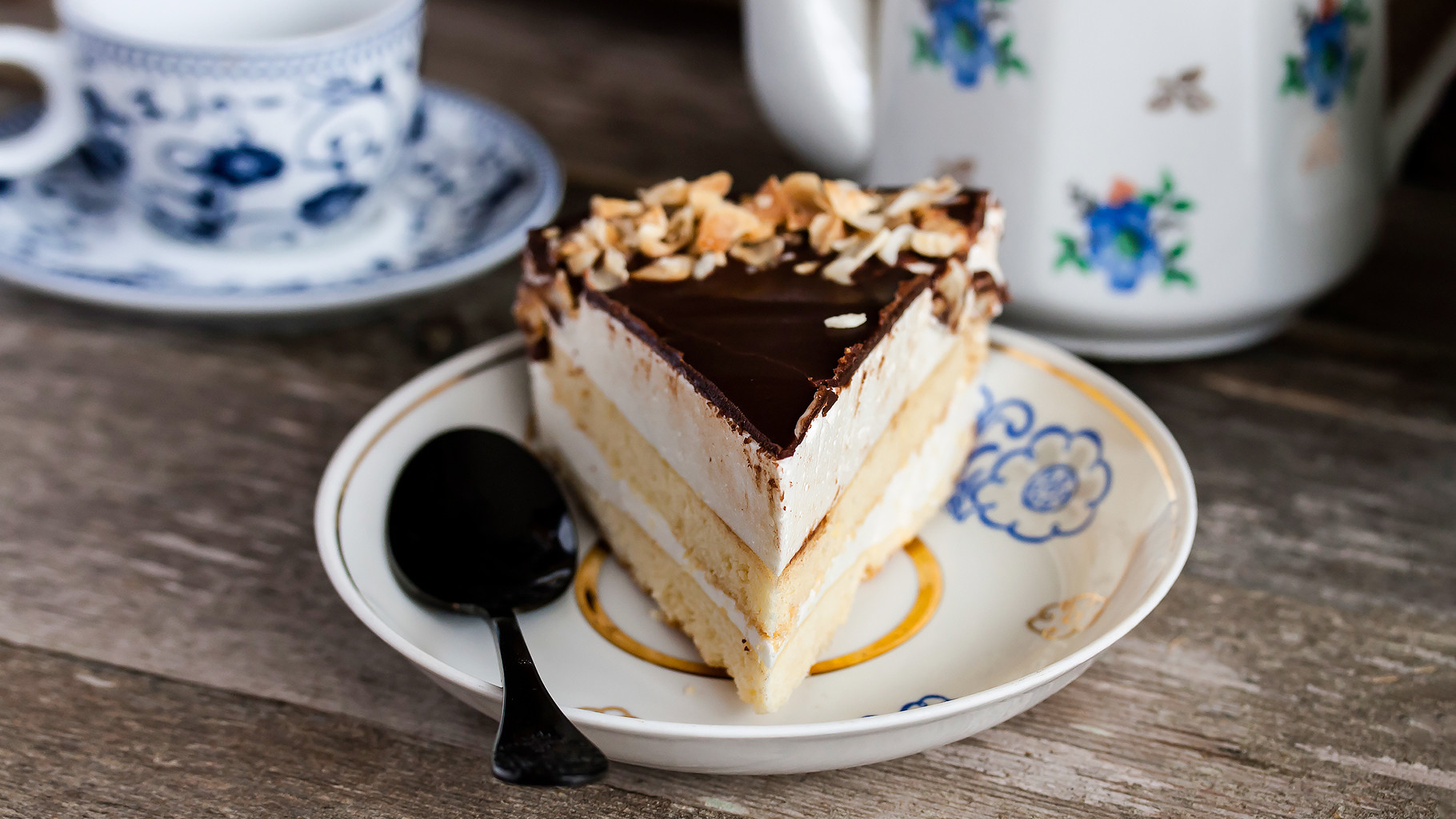
Candies with air bubbles began being made in Poland in 1936. In 1967, they were tasted by the Soviet food minister, who promptly ordered Soviet confectioners to develop a recipe of their own. The following year, an experimental batch of ptichye moloko candies with agar-agar instead of gelatin rolled off the production line. Roughly a decade later, confectioners from Moscow’s elite Prague Restaurant came up with a puffy soufflé version, lavished with chocolate and decorated with a chocolate bird. It became the first Soviet cake to be patented.
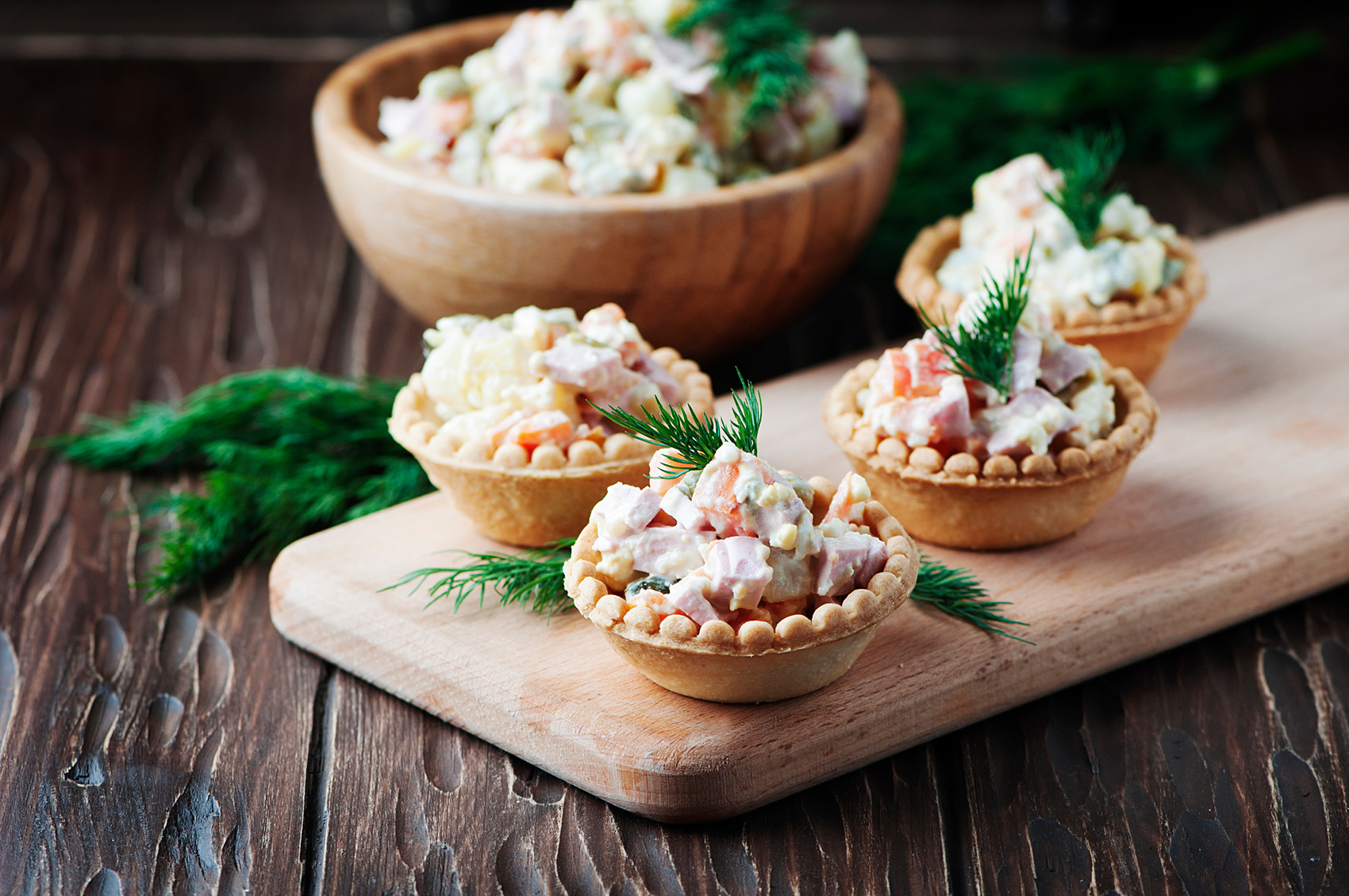
Both of these salads are interpretations of the legendary Olivier or Russian salad (as it's known in Europe and the US). Stolichny salad first appeared in 1939, when the hazel-grouse in the original Olivier recipe was replaced with chicken, the capers with peas, and the boiled crawfish with carrots.
In the 1960s, Bologna sausage was substituted for the chicken, giving birth to the Moskovsky salad. A slightly modified recipe for this salad was enshrined in the 1962 book Russian Cookery, which recommended using turkey instead of chicken or sausage, laying the salad on fresh cucumbers, and decorating with red caviar.
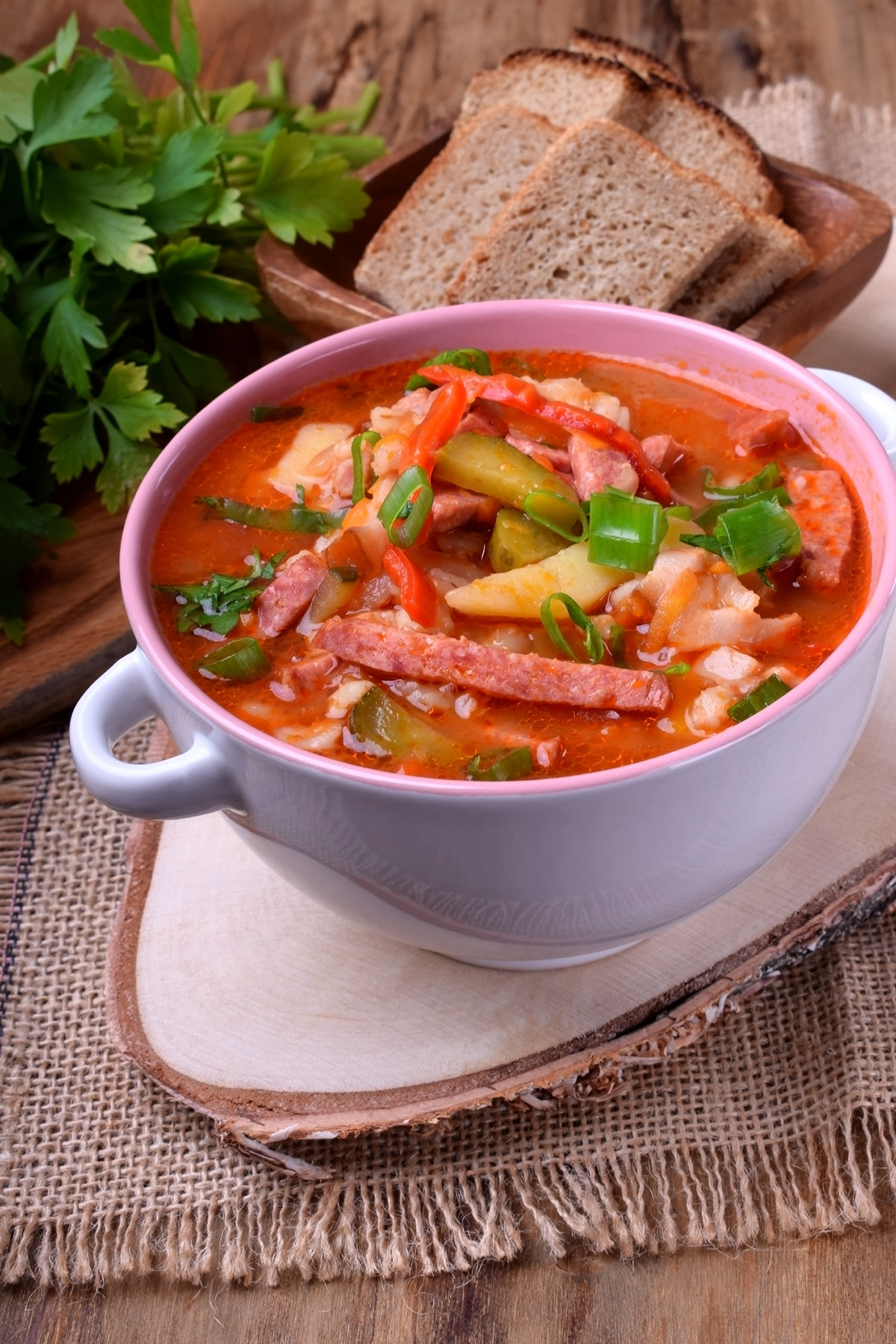
Most often, rassolnik conjures up images of soup boiled in beef broth with pickles and pearl barley – that’s Leningrad rassolnik. The rival Moscow rassolnik is also boiled with pickles, but in chicken broth with giblets and kidneys. For extra thickness, a mixture of eggs and milk is added. There also exists a fish version – with the addition of fresh sturgeon and/or beluga. Not at all like the stuff you find in canteens.
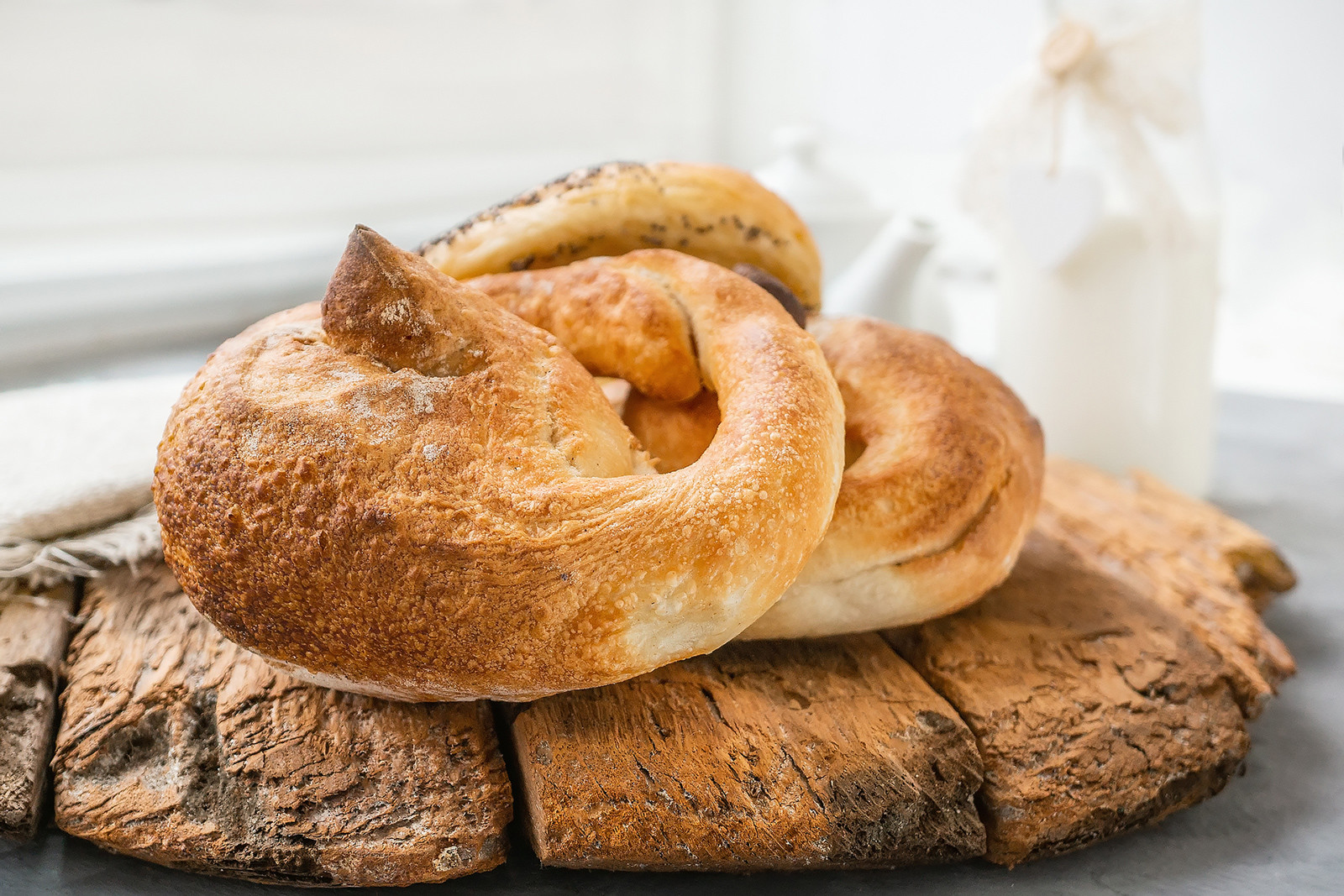
The first mention of kalach appears in 12th-century documents from the city of Murom, Vladimir Region (280 km east of Moscow), from where the recipe spread. In Moscow, kalach rolls were sold at the famous Philippov bakery. Moscow kalach “with a handle” were eaten right on the street with dirty hands – the main part was consumed and the “handle” was then discarded. The dough for kalach was frozen, which allowed the rolls to be transported around the country and beyond. It was enough to let them defrost on a hot towel, after which they could be served (almost) fresh.
Read more: What street food looked like in Moscow 100 years ago
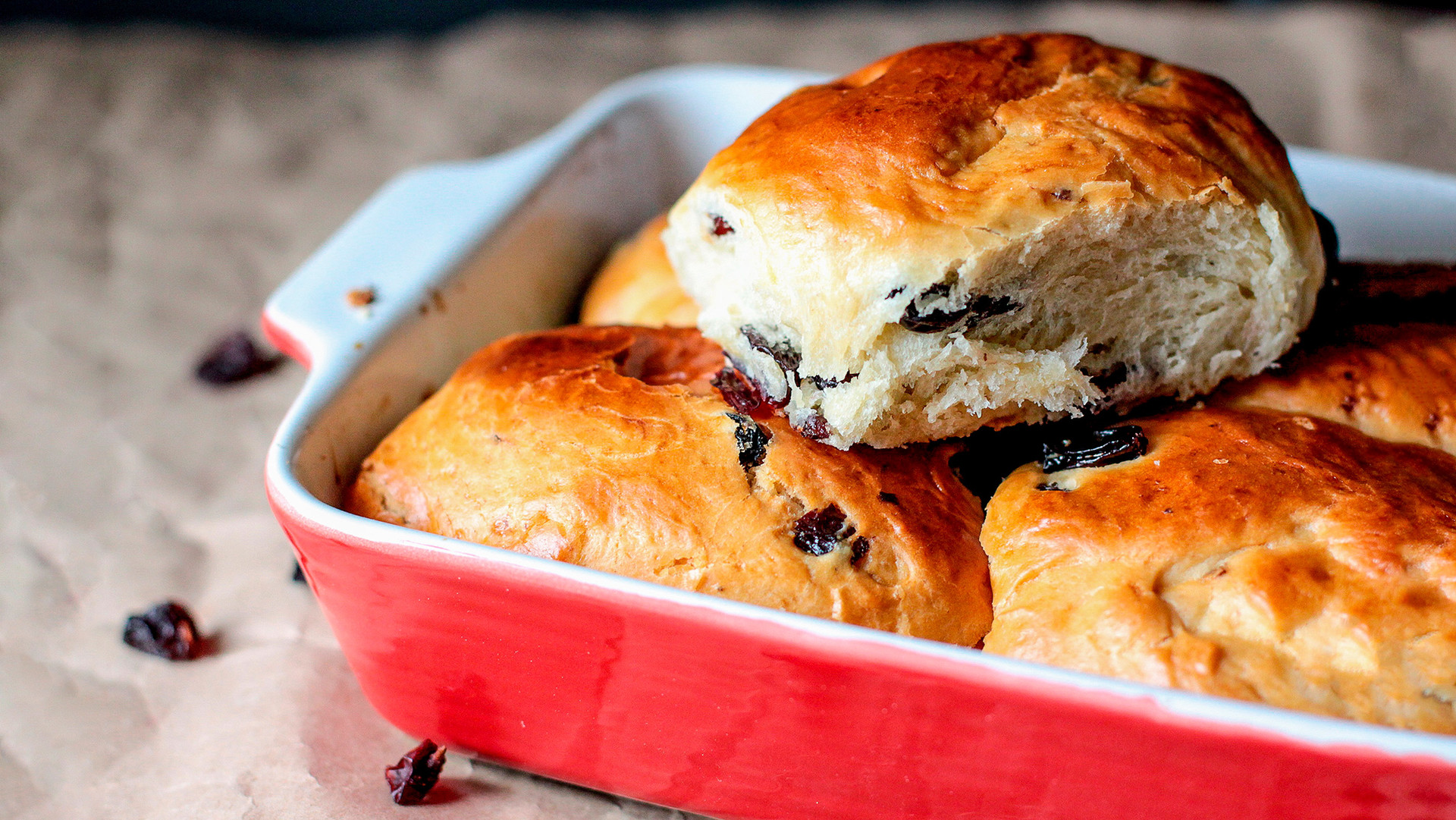
The recipe of Philippov sayka appeared in the mid-19th century. Every morning, saykas from the Philippov bakery were delivered to the office of the governor-general of Moscow. One day, a cockroach found its way into one of his favorite buns. To cover up the blunder, the baker explained that it was a new recipe with added raisins. The rest is culinary history.
If using any of Russia Beyond's content, partly or in full, always provide an active hyperlink to the original material.
Subscribe
to our newsletter!
Get the week's best stories straight to your inbox